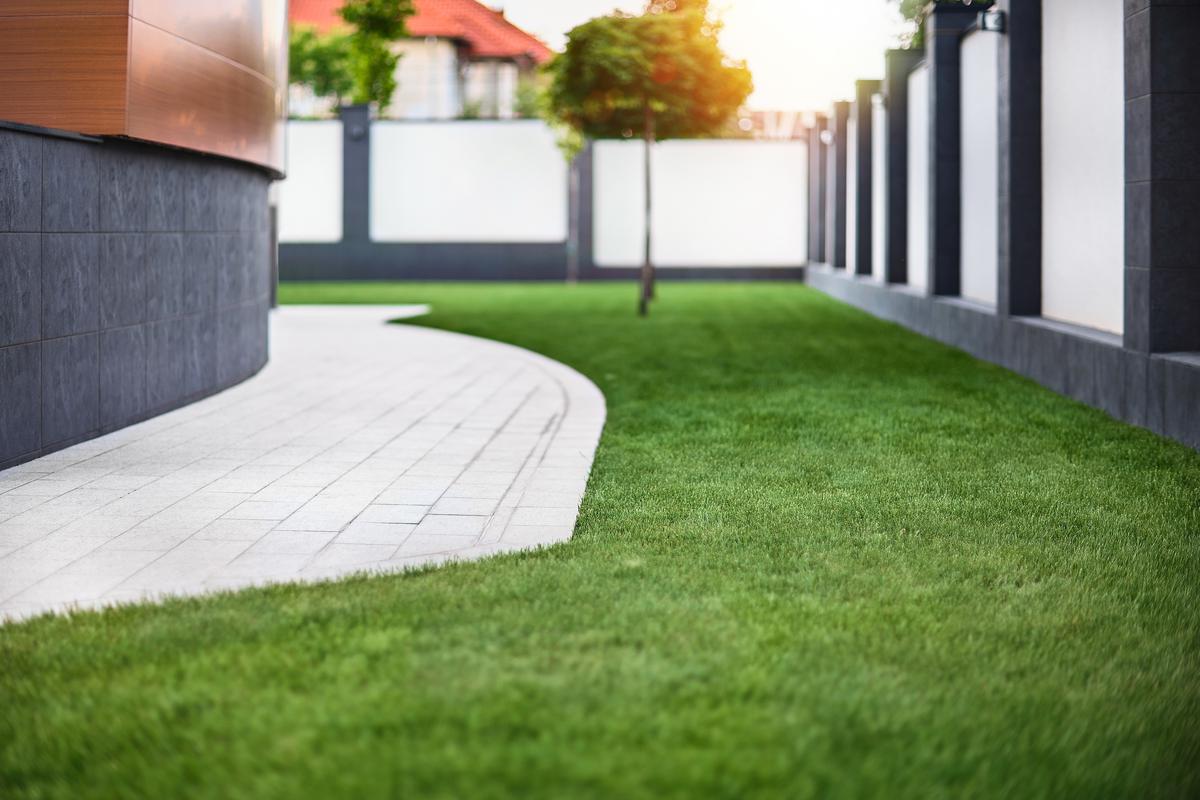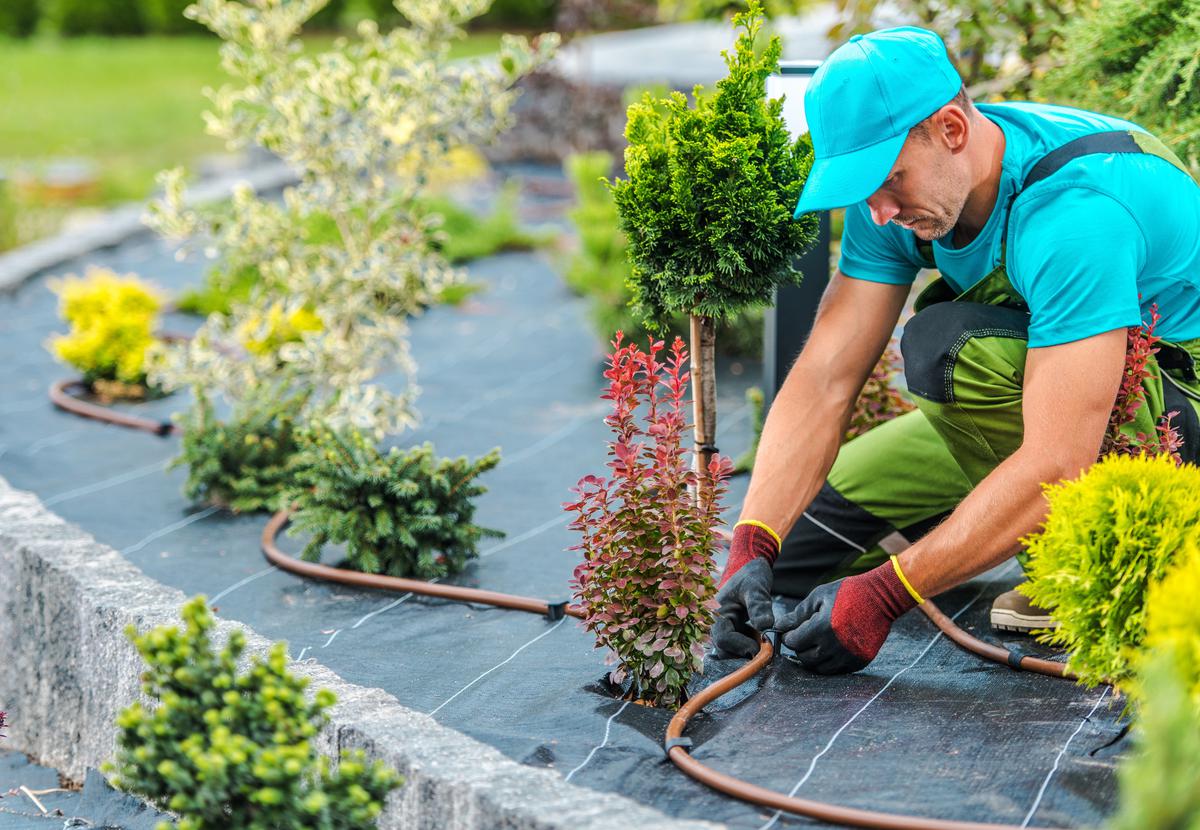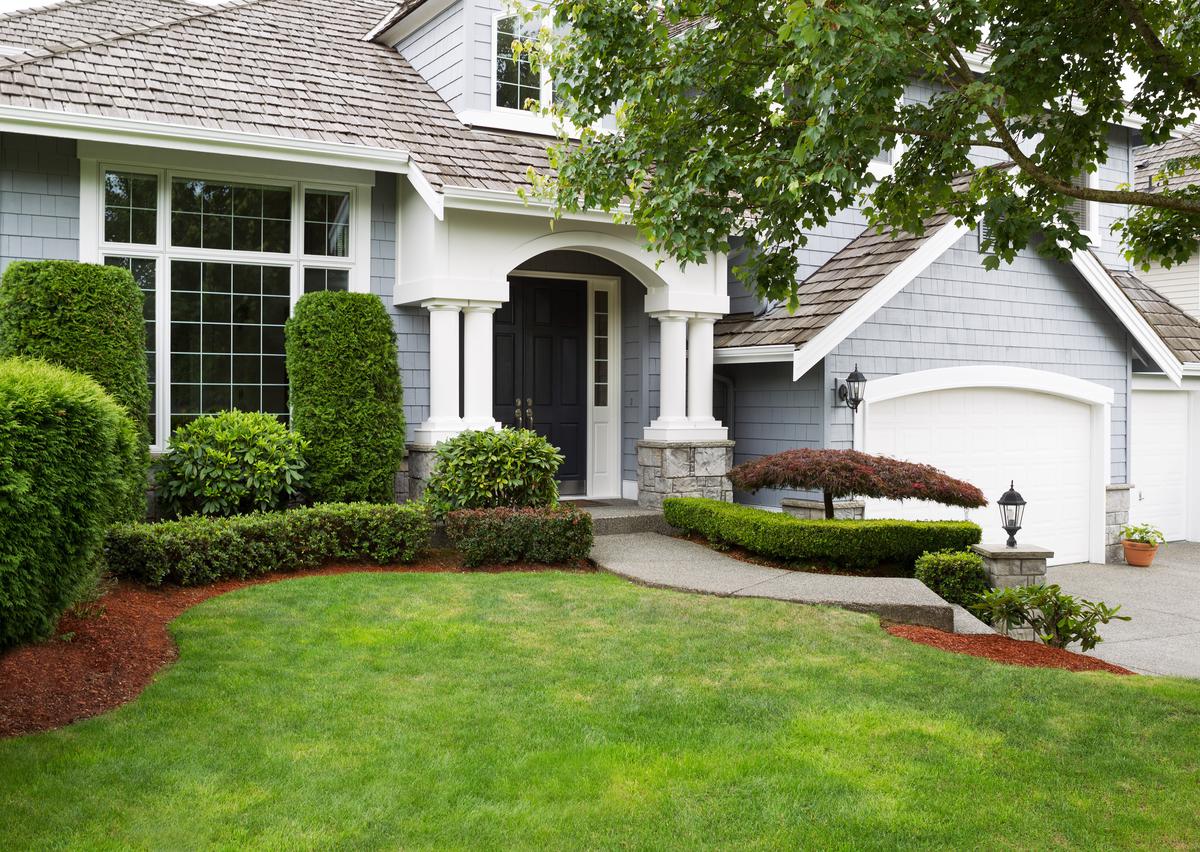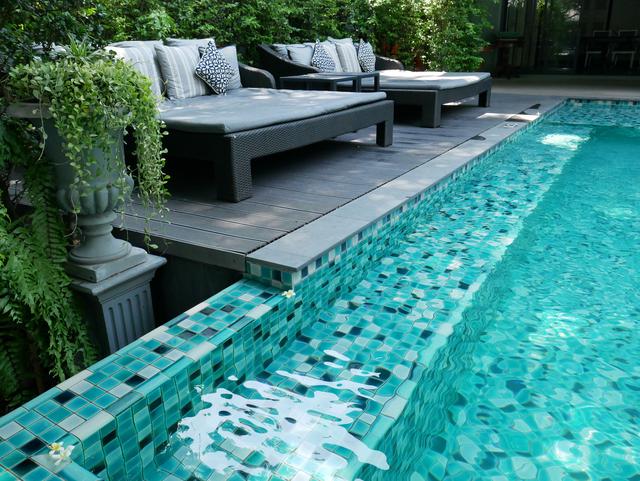So you’ve finally decided to pick up a shovel and start giving your outdoor living space some of the landscaping attention it deserves. This is great. Any homeowner who has land around their house should know how to work with it in order to give it personality, purpose, and form. After all, if you have land around your home why not take advantage of the unique ways you can bring it to life and expand the places you get to “live” in.
But landscaping is by no means easy. It takes a lot of trial and error to learn on your own. It will take you a few landscaping projects to get to know your tools, techniques, and the subtle nuances needed to successfully finetune the landscape to fit your visions and goals. As with anything new that you get into, you’re bound to make mistakes in your landscaping attempts, which is completely natural and is to be expected. However, there are some landscaping mistakes you can avoid from the get-go, because, unfortunately, many have made them before.











comments